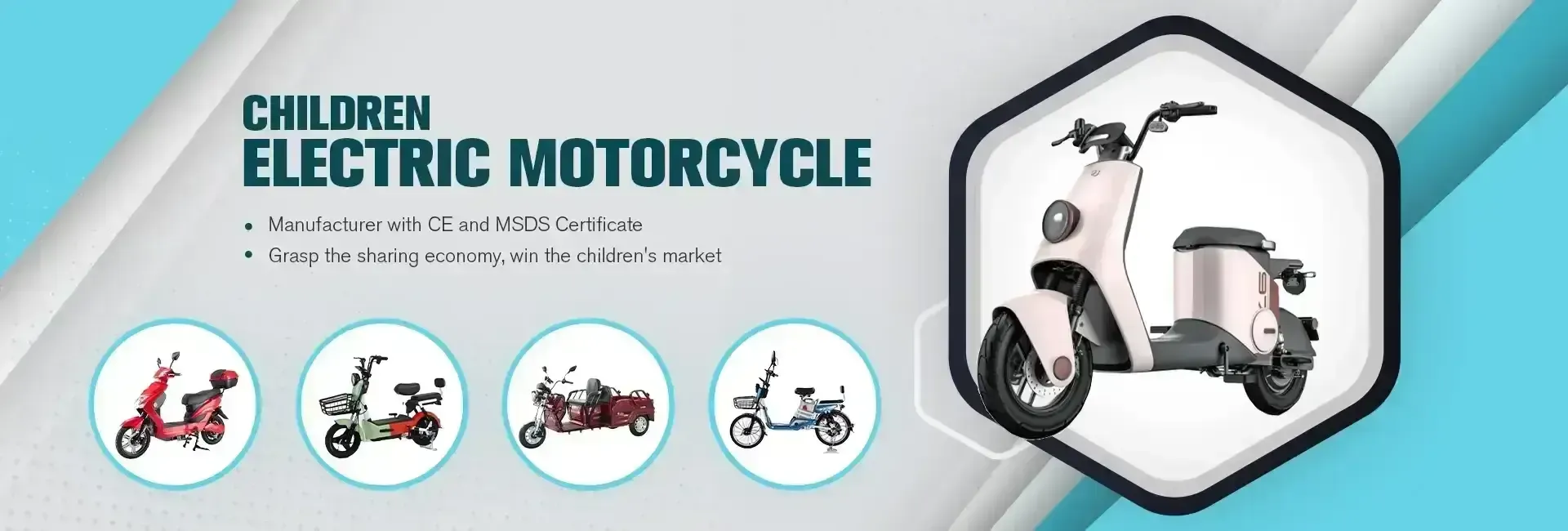8 月 . 19, 2024 19:08 Back to list
Guide to Fine-Tuning Your Mountain Bike Shifter Cable for Smooth Gear Changes
How to Adjust Shifter Cable on a Mountain Bike
Adjusting the shifter cable on your mountain bike is a crucial skill for any cyclist who wants optimal performance from their gear system. Properly adjusted cables ensure smooth shifting and can prevent issues such as skipping gears or difficulty changing between them. In this guide, we’ll walk you through the steps to adjust the shifter cable effectively.
Understanding Your Shifter System
Before diving into the adjustment process, it's essential to understand how your mountain bike's shifting system works. Most mountain bikes use either a Shimano, SRAM, or Campagnolo setup, but the basic principles of adjustment remain consistent across all brands. The shifter cable connects your shifter lever to the derailleur, which ultimately controls your bike’s gears. If the cable stretches or loosens, it can lead to misalignment and improper shifting.
Tools You Will Need
1. Cable cutters - for cutting cables accurately if needed. 2. Hex keys - to loosen or tighten bolts. 3. Screwdriver - for adjusting limit screws if necessary. 4. Bike stand (optional) - makes the process easier by stabilizing the bike.
Step-by-Step Adjustment Process
1. Inspect the Cable Start by examining the condition of the shifter cable. Look for fraying, rust, or any signs of wear. If the cable appears damaged, it’s best to replace it before making any adjustments.
2. Check the Derailleur Before adjusting the cable tension, ensure that the derailleur itself is correctly aligned and functioning. Make sure the limit screws are set properly to prevent the chain from slipping off the cassette.
how to adjust shifter cable on mountain bike

3. Shift to the Highest Gear Shift your bike to the highest gear (smallest cog at the rear). This helps to relieve tension on the cable and prepares the system for adjustment.
4. Locate the Barrel Adjuster The barrel adjuster is usually found on the shifter. It's a small cylindrical piece you can turn to increase or decrease cable tension.
5. Adjusting Cable Tension To increase cable tension (for smoother shifting to larger cogs), turn the barrel adjuster counterclockwise. Conversely, turning it clockwise will decrease tension (helpful when shifting to smaller cogs). Make small adjustments and test the shifting after each turn—about a quarter to half a turn at most.
6. Test the Shifting After making adjustments, test ride the bike. Shift through all the gears to ensure they engage smoothly. If you still experience problems, a slight re-adjustment may be required.
7. Fine-tuning If your bike continues to skip gears or has problems, you may need to adjust the limit screws. The limit screws prevent the derailleur from moving too far in either direction. Adjust these as needed but only after confirming that cable tension is correct.
Final Checks
After you’ve made your adjustments, make sure to double-check everything. Walk around your bike and inspect the cable routing and tension. A well-adjusted cable not only enhances performance but also prolongs the life of your components.
Conclusion
Adjusting the shifter cable on your mountain bike is a relatively straightforward process that can significantly affect your riding experience. Regular maintenance, including cable adjustments, will keep your bike in peak condition and ensure every ride is as enjoyable as possible. By following the steps outlined above, you’ll be well on your way to achieving smooth and responsive gear shifts. Happy riding!
-
The Main Application Scenarios of Mountain Bike
NewsOct.29,2024
-
Suggestions for Selecting and Maintaining Mountain Bike
NewsOct.29,2024
-
Characteristics of Kids Balance Bike
NewsOct.29,2024
-
Characteristics of Baby Stroller
NewsOct.29,2024
-
Characteristics and Advantages of Mountain Bike
NewsOct.29,2024
-
Baby Stroller Purchasing Suggestions
NewsOct.29,2024
-
Suggestions for Purchasing Kids Balance Bike
NewsOct.09,2024

